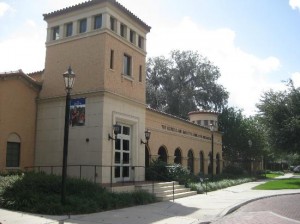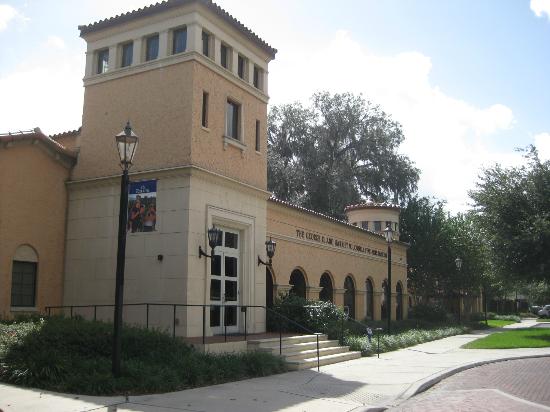
As a new school year begins, first year students arrive on campus, long lines at the Campus Center return, and new exhibitions at our own Cornell Fine Arts Museum have come. Two new art exhibitions and one smaller collection have recently opened at CFAM, displaying artistry of two very different kinds. “Fashionable Portraits in Europe,” “Every Breath we Drew,” and “Enduring Documents” touch on the importance of classical artistry and theme, self-discovery, and historical place.
A collection of photographic portraits by Jess T. Dugan, “Every Breath we Drew” depicts the search for identity and intimacy from the queer perspective. Drawing on implications of sexual intimacy as well as the solitude in discovery of the self, Dugan seems to encroach upon the duality of what is essentially human—the necessity of community as well as a strong foundation of self. Accompanying her self-portrait “Bath,” Dugan states that her work epitomizes a desire “to be seen by others as I see myself.” Her portraits consist of subjects of varying age and pesuaion, such as the transgender Dallas (“Dallas Lying on the Bed”) gazing at the camera confidently, to the androgynous youth Jillian (“Jillian”). Challenging gender boundaries and long held expectations for masculinity, Dugan brings to life a juxtaposing gentle, yet raw, look at accepting and understanding oneself and others.
The second large exhibition of the moment, “Fashionable Portraits in Europe,” features Renaissance and Baroque art “pulled from our permanent collection in order to highlight many of our classical pieces, specifically those that have been under-appreciated,” said Dale Montgomery Fellow Rangsook Yoon, who oversaw the exhibitions setup. Portraits in the Renaissance era were a symbol of wealth and high social status, further emphasized by the mode of dress of each sitter. As such, the eras obsession with wealth, aristocracy, class distinction and fashion is more than evident.
“These works span from the late 15th to early 19th century, the focus on format, detail, and fashion in each piece portray the evolution of the portrait in and of itself,” stated Yoon regarding the differences in background and the degree of high fashion varying between each oil painting. “The significance of fashion at the time and the difference between those of men and women illustrate to a degree the gender construction occurring at the time, contrasting with the goal of Dugan’s photographic portraits challenging stereotypical masculinity.”
The breadth of change between societal perspectives on gender in the Renaissance period and the modern day are stark, made even more obvious in that both exhibitions are shown through portraits.
The third and smallest opening exhibition of the moment, “Enduring Documents,” displays American photographs from the late 19th to early 20th century. Highlighting some of the earliest photographs of presidents such as Abraham Lincoln and artists like Clarence White and Henry Matisse, “the origination of the portrait as a mode of artistry is examined,” said Yoon. The brilliance of this final exhibition is in the “techniques, formats, and even subjects used by pioneering technology,” placed next to pieces like Dugan’s modern photographs made possible by innovations of the past. Through both Dugan’s exhibition and “Enduring Documents,” it is evident that photography is not only a complex art form, but a historical necessity.

New exhibits come to CFAM
More from FeaturesMore posts in Features »






Be First to Comment